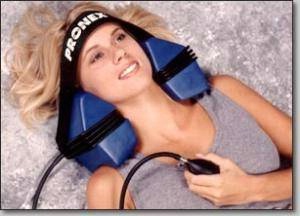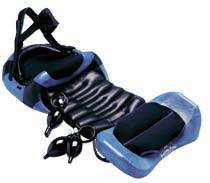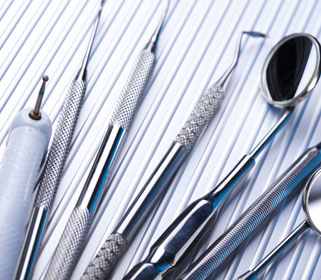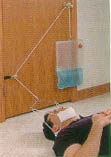Home » Rehabilitation Equipment & Products » Safety Features for Home Traction Units » Safety Features for Home Traction Units
Safety Features for Home Traction Units

Pronex Pneumatic Cervical Traction Device
Retail Price: $596.93
Your Price: $458.57
 Unit: single
Unit: single

Deluxe Full Spine Posture Pump
Retail Price: $546.91
Your Price: $455.76
 Unit: single
Unit: single
Home traction units are a great option for patients with chronic neck and back pain, headaches, muscle tension and other cervical spine problems. Often the use of these home traction units can actually prevent the need for surgical procedures or allow the patient to try alternative types of treatment options while staying pain and discomfort free. Traction in therapy or as part of a comprehensive rehabilitation and treatment program under doctor or therapy care is also important and the home traction units are definitely a positive addition to the rehab program.
One of the most important safety issues for doctors and therapists to consider when encouraging patients to use home traction units is to fully educate the patient about the reason for the treatment. When patients understand the treatment procedure for using traction they are more comfortable with attempting to use the equipment on their own at their home. Doctors and therapists should encourage the patient to work with the equipment during a therapy or medical appointment where the physician or therapist can provide information and answer patient questions. Having the patient practice setting up the equipment, adjusting the head strap and transferring the weight to engage the various traction unit styles will build confidence and competence.
Doctors and therapists can also discuss with patients any counterindications for using the home traction units. Typically these include any stiffness or pain after the last use, increasing muscle tension or spasms, neck weakness, pain or any swelling or painful areas along the cervical spine. For some patients signs of other health issues may also factor in depending on the specific injury or condition that may be concurrent with the spinal injury. By discussing these aspects with the patient in advance of using the device the patient is much more informed and can immediately discontinue use or contact the therapist or doctor if there is a concern or problem.
All home traction units that are sold through medical supply companies are designed with built in safety features. For the more advanced types of units that are similar to those used in therapeutic and medical settings a kill switch or instant release switch is located on the hand control for the unit. This allows the individual to instantly release the traction if there is any pain or discomfort. Other features include a maximum tension level setting for the traction that can be applied through the unit. For most home use traction devices this is fifty pounds, although single free weight units will only have a maximum weight of three to five pounds.
Patients that are using the standard weight and head harness home traction units also need to spend time in using the equipment with medical supervision. It is important for the individual to be able to attach and detach the weight on their own before they attempt it at home. People with limited range of motion in the shoulders and arms may require assistance to safely hook and release the weight to prevent a sudden jerk on the neck and head when the weight is attached.















